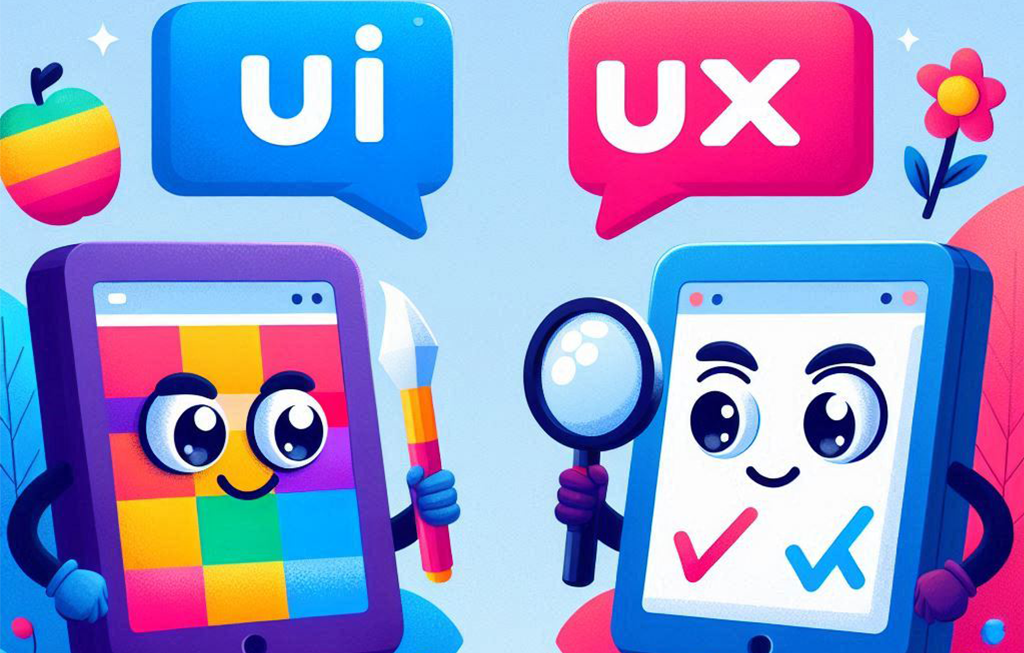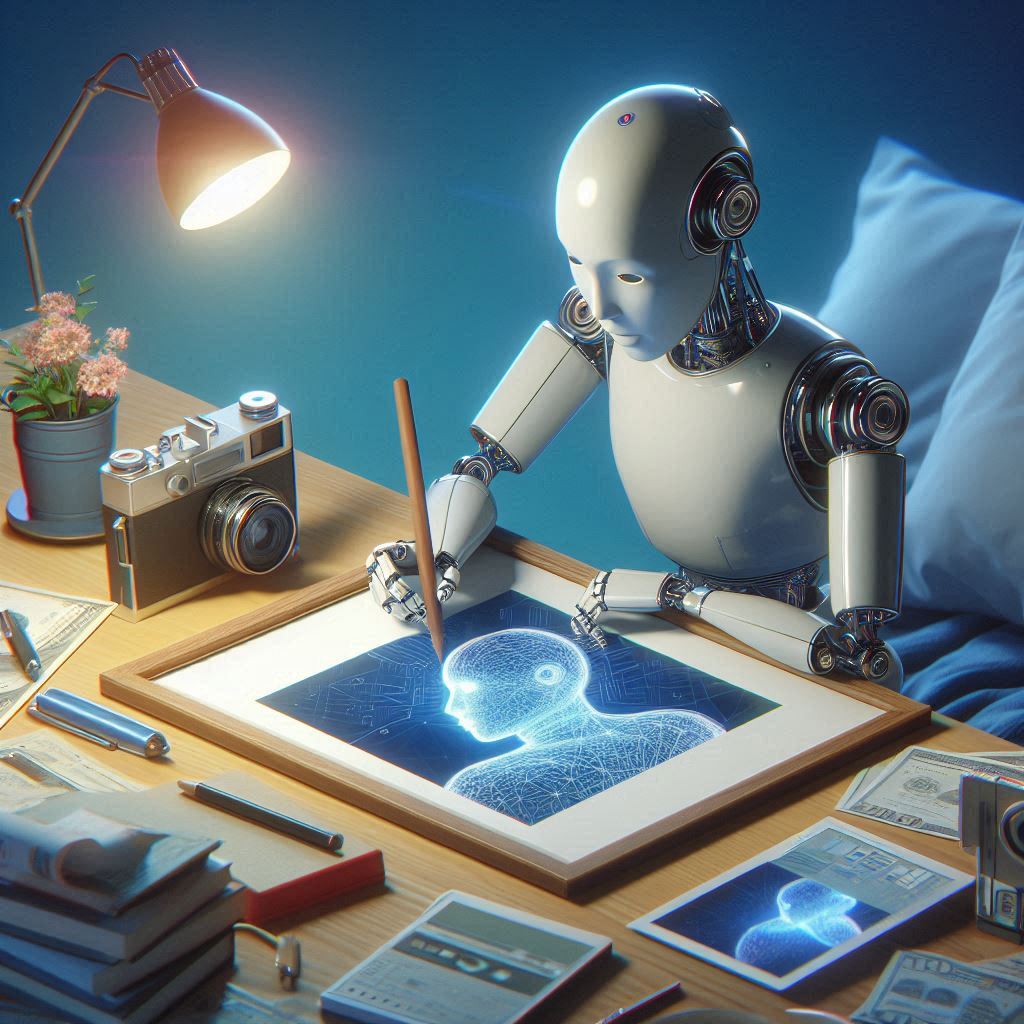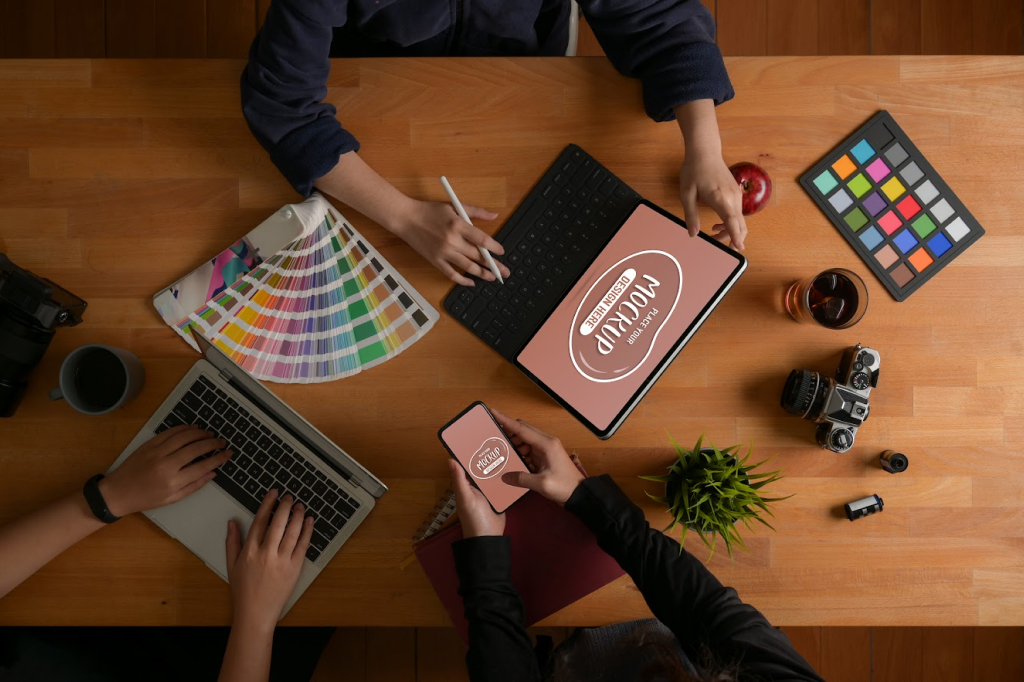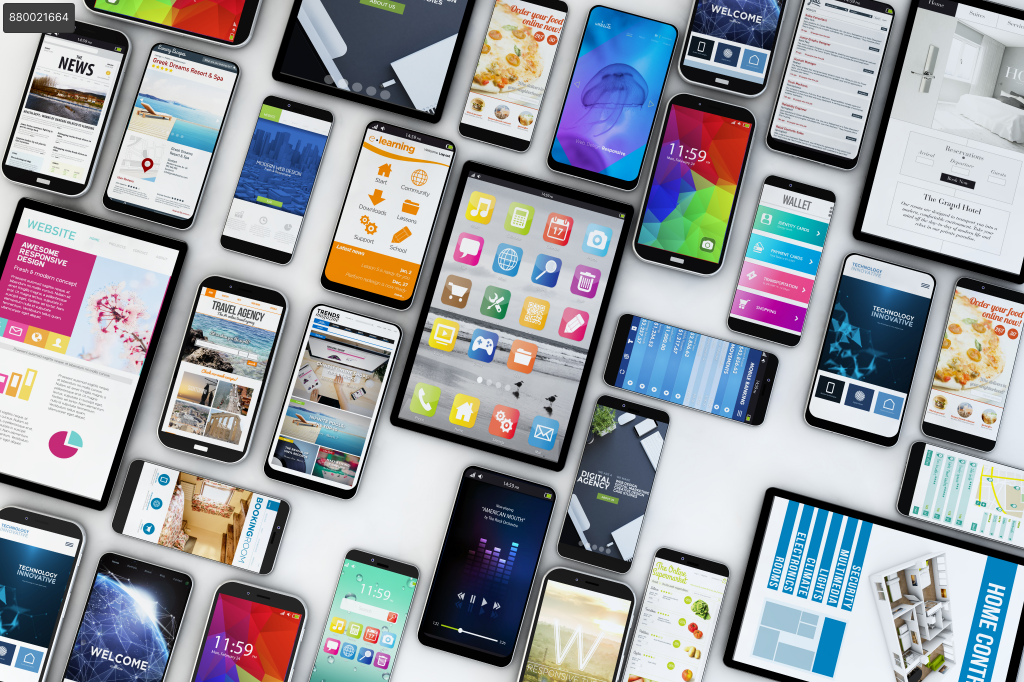
In many instances, companies look to hire UI/UX engineers, and many professionals list on their resumes that they are UI/UX engineers, often without fully understanding what this means. UI and UX are two distinct worlds, though they eventually intersect.
UI (User Interface) refers to the visual and aesthetic aspects of a digital product. It includes all the elements a user can interact with: buttons, icons, menus, typography, colors, and any visual components. Additionally, UI also encompasses the coding of the interface, ensuring that all visual elements are functional and accessible. The main goal of UI is to create an attractive and coherent interface that enhances and enriches the user’s visual experience.
UX (User Experience) covers all aspects of a user’s interaction with a product or service. This includes not just the interface but also the overall perception of using the product, from ease of use to emotional satisfaction and efficiency in achieving goals. UX focuses on improving usability and the overall user interaction, ensuring the product is useful, accessible, and enjoyable to use.
Roles and Tasks of a UI Engineer
UI professionals, also known as interface designers, have a specific focus on the visual and aesthetic part of the digital product. Their roles and tasks include:
Visual Design: UI designers are responsible for creating the visual appearance of the digital product. This involves selecting color palettes, typography, and graphic styles that represent the visual identity of the product. They must also ensure that all visual elements are harmonious and aesthetically pleasing to users.
Prototyping: UI designers develop high-fidelity visual prototypes that represent how the final user interface will look and function. They use advanced design tools like Sketch, Figma, or Adobe XD to create these prototypes, which help effectively visualize and communicate design ideas within the development team.
Interface Coding: UI designers are proficient in advanced interface coding. This includes precise layout using HTML and creating styles with CSS to ensure that designs are faithfully and effectively implemented. They use modern frameworks like Bootstrap or Materialize, as well as optimized templates, to streamline the development process. Additionally, they are experienced in ensuring that the interface is responsive, smoothly adapting to different screen sizes and devices.
Design Standards: UI designers establish and maintain design standards to ensure visual consistency throughout the digital product. This includes documenting design guidelines, reusable components, and design systems that facilitate the development team’s work and product expansion.
Mobile Design: Some UI designers also have expertise in mobile design, ensuring that the interface is specifically optimized for mobile devices. This includes considerations like touch navigation, the use of larger icons and buttons, and adapting to smaller screens.
Roles and Tasks of a UX Engineer
UX professionals, also known as user experience designers, focus on creating interactive experiences that are intuitive, effective, and satisfying for users. Their roles and tasks include:
User Research: They conduct market studies, user interviews, and data analysis to understand users’ needs, behaviors, and expectations. This research guides the design of products that solve real problems and meet user needs.
Information Architecture: They organize and structure the product’s content to ensure it is easy to understand and navigate. This includes creating site maps, flow diagrams, and taxonomies that define the structure and relationship between different elements of the product.
Interaction Design: They define how users will interact with the product. They create low and high-fidelity wireframes and prototypes to visually represent the interaction flow and functionality of the product, ensuring that the experience is smooth and efficient for the user.
Usability Testing: They conduct tests with users to evaluate the effectiveness of the design and the product’s ease of use. They gather feedback and qualitative data to identify usability issues and areas for improvement, then adjust the design based on these findings.
Content Design: They ensure that the product’s content is relevant, useful, and aligned with both user and business goals. They collaborate with writers and content specialists to develop a content strategy that supports the user experience.
Continuous Optimization: They monitor and analyze usage metrics and user behavior to identify opportunities for continuous improvement. They implement iterative changes to the design based on data and feedback to optimize the user experience over time.
The Reality of UI/UX in Spain
In Spain, most designers and layout artists who label themselves as UI/UX engineers do not perform the typical tasks of a UX engineer and often lack the necessary knowledge to do so. Additionally, many Spanish companies do not allocate specific budgets for UX. Some outsource design agencies, while others use their own designers, but primarily focus on the aesthetics of the application rather than improving its usability.
UI processes are costly; both research and testing require external users, often unfamiliar with the application, who are sometimes compensated for participating in these tests. Due to a lack of understanding of these processes and budget constraints, many companies do not invest adequately in UI, relying on their designers’ personal experience to create an interface they consider usable.
Often, companies opt for pre-designed templates that offer an attractive appearance and acceptable usability, but not always tailored to the specific needs of the developed application. An example of this is the trend of making responsive applications, attempting to fill all screen space. However, this practice can lead to errors. For instance, on social networks like LinkedIn and Facebook, the design automatically adjusts by leaving margins on the sides (boxing) instead of enlarging the panels as the screen widens.
This approach makes sense since the text is more readable and allows for easier reading on moderate screen widths. A designer might intuit this detail thanks to their experience, but a UX engineer, by conducting user tests, would obtain direct feedback on text readability in different screen configurations, leading to more precise adjustments to improve the user experience.





